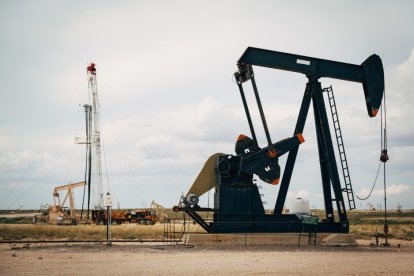Fracking allows New Mexico to surpass Mexico in oil production
The entire Permian Basin, which also includes part of western Texas, is rich in shale oil and is up driving the increase in oil production in the U.S.

Perforación de petróleo en la cuenca pérmica / Blake Thomberry (Flickr).
The Permian Basin, is a sedimentary basin located between western Texas and southeastern New Mexico. Its name comes from the fact that it is one of the richest sources of rocks from the Permian geological period. It is a large area, about 300 miles long by 250 miles wide, rich in potassium but mostly in oil.
This would be of little interest were it not for all the hydrocarbons that are trapped in rocks from 250 to 300 million years ago. They are accessible from within a few feet of the surface and as far down as a few miles. Shale oils, which were previously off-limits to oil exploitation, are now accessible thanks to hydraulic fracturing (fracking).
New Mexico over Mexico
Oil production in the basin, and particularly in Lea County, N.M., has increased dramatically in recent years, so much so that New Mexico's production alone exceeds that of the entire country of Mexico.
The Financial Times explained that Mexico can produce just over 1.5 million barrels of oil per day, while New Mexico is already at a pace of about 2 million barrels per day. The difference between the two territories: the capitalism and fracking in southeastern New Mexico compared to the socialist practices on Mexico's vast soil.
As reported by the Financial Times,
Sustained increase in production in the U.S.

Permian Basin oil drilling / Sharon Sperry Bloom (Flickr).
The economy is growing around oil in that area between New Mexico and Texas at a furious pace. According to the Financial Times, in just one week, 350 rigs were commissioned. The mayor of Hobbs, N.M., a town at the center of this economic revolution, told the newspaper:
According to the U.S. Energy Information Administration, daily oil production is expected to reach an average of 12.5 million barrels in 2023, compared to an average of 11.9 million barrels in 2022. They explained:
RECOMMENDATION





















